


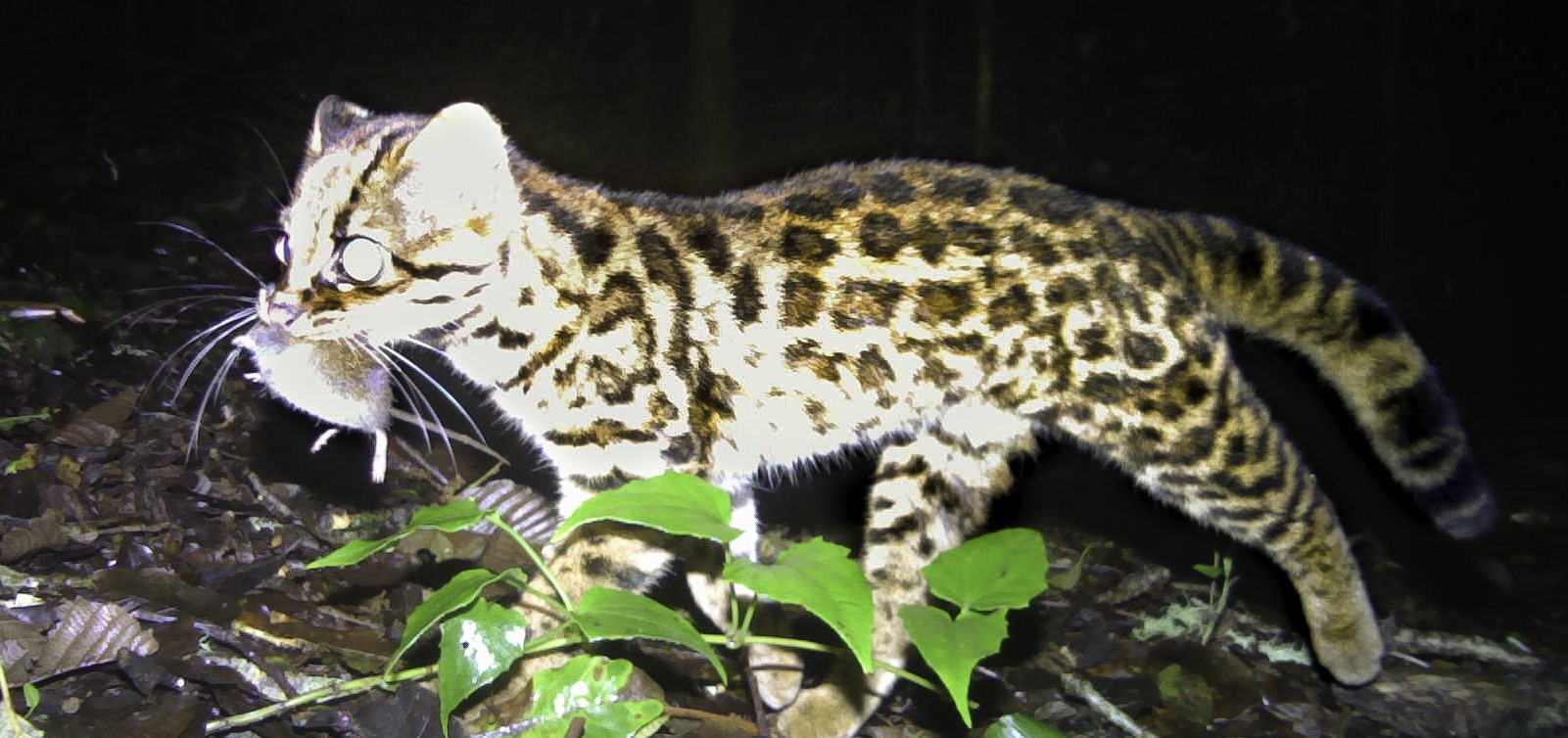
Solo conociendo su ecología podremos tomar medidas adecuadas para su protección.
Only by understanding its ecology can we take appropriate measures for its protection.
Queremos conocer aspectos de su ecología como:
We want to know aspects of its ecology such as:
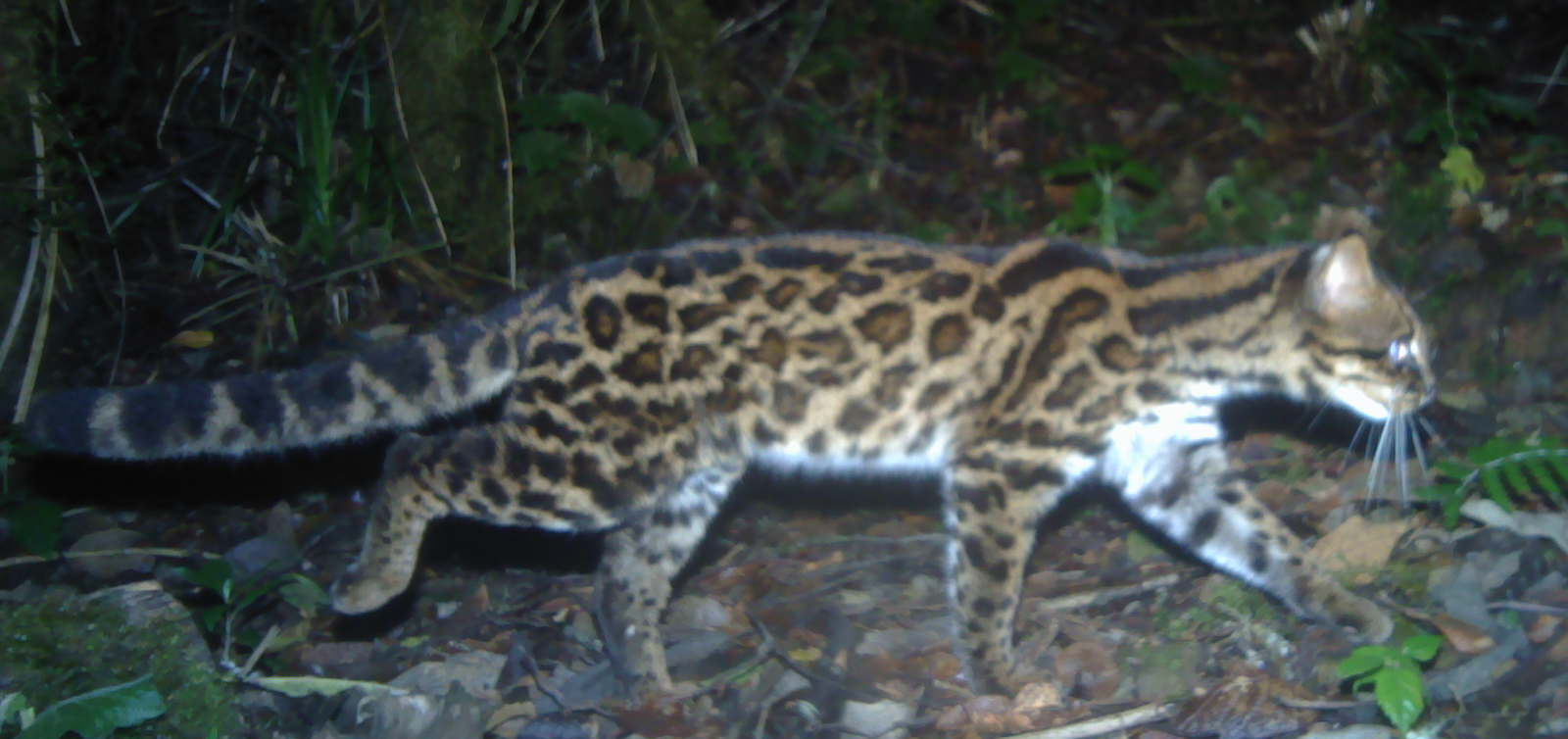
Queremos que las personas conozcan y quieran proteger al tigrillo. Solamente lo conseguiremos con el esfuerzo de todos. Por ello hemos diseñado talleres y charlas destinadas a grupos locales de diferentes edades para poder transmitir nuestro mensaje al mayor número de personas posibles.
Our goal is to increase awareness about the oncilla and encourage people to take action to protect them. We believe that this can only be achieved through the combined effort of everyone. To reach as many people as possible, we have created workshops and talks specifically tailored for different age groups within the local community. Our hope is to spread our message and inspire people to make a difference.
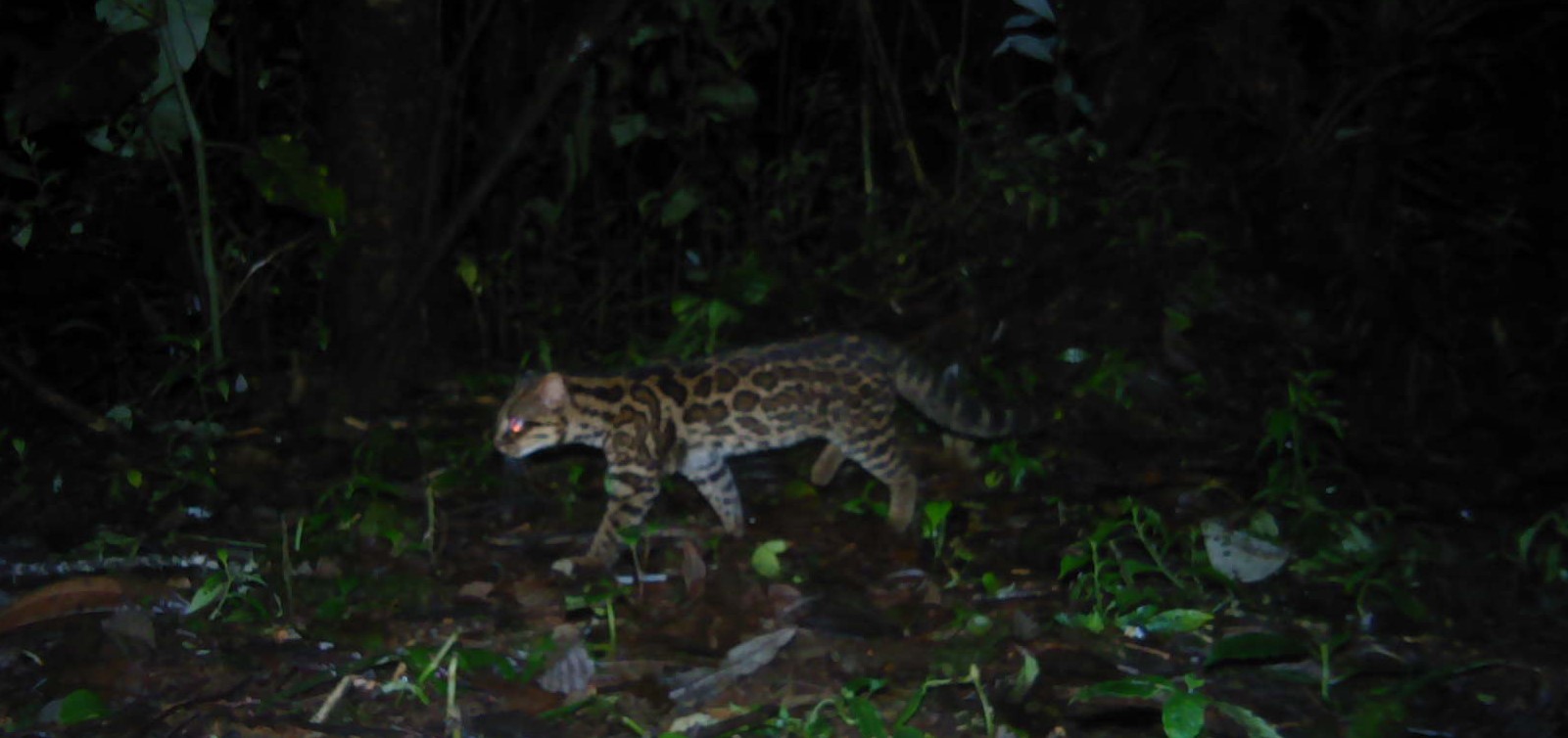
El tigrillo está considerado vulnerable/en peligro de extinción. Además, la subespecie centroamericana está presente solamente en una pequeña región que abarca parte de Costa Rica y la parte norte de Panamá. Por tanto, la conservación del tigrillo es actualmente una prioridad. Todavía conocemos muy poco sobre el tigrillo y se necesita más información para poder tomar medidas adecuadas para su protección. Sin embargo, se cree que algunas de las amenazas que podrían afectarles serían:
The oncilla is considered vulnerable/endangered. Furthermore, the Central American subspecies has a extremely limited distribution and can only be found in high-altitude regions that exceed 1500 meters in Costa Rica and northern Panama. Therefore, the conservation of the oncilla is currently a top priority. We still have very little knowledge about this species, and more information is required to take appropriate measures to protect it. Some of the threats that are believed to affect them include:

A lo largo de los años, gran parte de los bosques donde habitan estos animales han sido transformados en pasto para ganado, tierras de cultivo y zonas urbanas. Esto implica menos lugares de refugio, menos alimento y supone por tanto que estos bosques puedan albergar menos individuos.
Además el bosque remanente no es continuo, sino un mosaico de pequeños fragmentos intercalados con otros usos de suelo. Esto lleva al aislamiento de las poblaciones que hace que no haya intercambio genético. La reducción de diversidad genética implica una reducción en el potencial de adaptarse y más riesgo de extinción.
Over the years, a significant portion of the forested areas, where these animals reside, has been converted into pastures for livestock, agricultural land, and urban areas. This has resulted in fewer places for them to take refuge, less food availability, and, consequently, these forests can support a lower number of individuals. Moreover, the remaining forest is not continuous, but rather a collection of small fragments surrounded by other land uses. This leads to population isolation, resulting in limited genetic exchange. The consequent reduction in genetic diversity implies a decrease in the potential for adaptation (e.g. more vulnerability to certain diseases) and an increased risk of extinction.
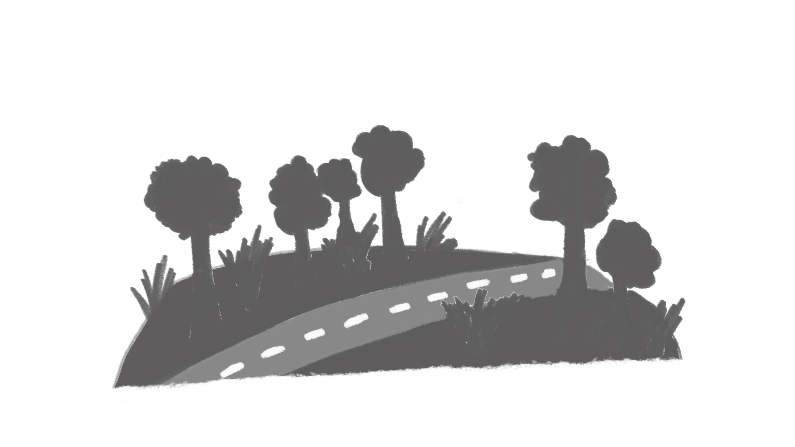
Las carreteras suponen una fuente de mortalidad para la fauna silvestre; se estima que unos 13 animales son atropellados cada día en el área de estudio (una sección de 45 km de la carretera Interamericana Ruta 2).
Roads are a source of mortality for wildlife; it is estimated that around 13 animals are killed by vehicle collisions every day in the study area (a 45 km section of the Pan-American highway-Route 2).
Pero las carreteras no solo causan mortalidad, también pueden actuar como una barrera que limita el paso de los animales de un lado al otro de la carretera, lo que resulta en la fragmentación de la población. Esto puede reducir el intercambio genético, y al reducirse la diversidad genética se reduce la capacidad de adaptación (por ejemplo, a ciertas enfermedades), incrementándose así el riesgo de extinción.
However, roads not only cause mortality but also act as barriers that restrict the movement of animals across the road, resulting in population fragmentation. This can result in reduced genetic exchange, and with a decline in genetic diversity, the potential to adapt (e.g. to certain diseases) also declines, which increases the risk of extinction.
Además, no solo actúan como barreras físicas, también modifican el hábitat que las rodea debido a los gases emitidos por los vehículos, la contaminación sonora, los plásticos y otras basuras que se arrojan desde los vehículos y el aumento de temperatura en esta área.
Furthermore, roads not only act as physical barriers but also alter the surrounding habitat due to vehicle emissions, noise pollution, littering of plastics and other waste from vehicles, and increased temperature in the area.
Entre septiembre de 2022 y septiembre de 2023 se han encontrado al menos 4 tigrillos atropellados en la carretera Interamericana Ruta 2. En este proyecto estamos tratando de estudiar si la carretera está actuando como barrera para esta especie para poder recomendar medidas que faciliten que los tigrillos puedan cruzar la carretera de forma segura, reduciendo la mortalidad e incrementando la conexión entre individuos a ambos lados de la carretera.
Between September 2022 and September 2023, at least 4 oncillas have been found dead due to vehicle collisions on the Pan-American highway (Route 2). In this project, we are studying whether the road is acting as a barrier for this species to recommend measures that facilitate safe crossing for oncillas, reducing mortality, and increasing connectivity between individuals on both sides of the road.
Los felinos con manchas han sido históricamente cazados para comercializar sus pieles. Aunque parece que la caza furtiva se ha reducido en los últimos años, todavía podría ser una de las causas de mortalidad del tigrillo.
Throughout history, many spotted wildcat species have experienced population declines due to fur hunting. Although poaching has decreased in recent years, it still remains a threat to the oncilla, which is often killed as a byproduct of poaching.
Por otro lado, hay personas que son aficionadas a la caza deportiva, pese a ser una actividad ilegal en Costa Rica. Esta caza ilegal por deporte, podría también amenazar al tigrillo y a sus presas.
Additionally, sport hunting is illegal in Costa Rica, but some people still engage in it, which also poses a threat to the oncilla and its prey.